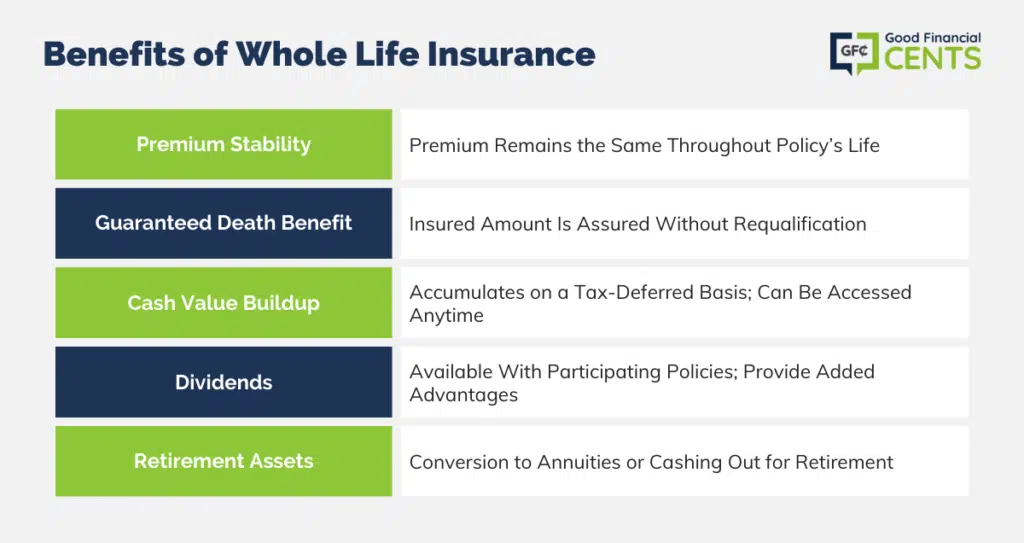Car Accident Fault
Car accidents can be a traumatic experience, and determining who is at fault for the accident is usually at the forefront of a person’s mind. To establish fault for a car accident, four main elements must be proven:
- The defendant owed a duty of care to the plaintiff
- The defendant breached that duty of care
- The plaintiff suffered damages as a result of the defendant’s breach of duty
- The plaintiff’s damages were caused by the defendant’s breach of duty
Proving Fault
In most car accident cases, proving fault is not a simple task. But some of the most common ways to prove fault include:
- Eyewitness testimony: Eyewitnesses can provide valuable information about what they saw happen before, during, and after the accident.
- Police reports: Police reports can provide an official record of the accident, including the officer’s observations and conclusions about what caused the accident.
- Physical evidence: Physical evidence, such as skid marks, damage to the vehicles involved, and photographs of the accident scene, can help to reconstruct the accident and determine who was at fault.
- Expert testimony: Expert witnesses, such as accident reconstructionists and medical experts, can provide testimony about the cause of the accident and the extent of the injuries.
- Admissions by the defendant: Admissions by the defendant, such as statements made to the police or insurance company, can be used to prove fault.
Who’s at Fault in a Car Accident?
If you’ve ever been in a car accident, you know that the aftermath can be a confusing and stressful time. One of the first things you’ll need to do is figure out who’s at fault. This can be a complex process, but it’s important to get it right so that you can get the compensation you deserve.
Determining Fault
Figuring out who’s at fault in a car accident can be like trying to solve a puzzle. There are many pieces of evidence that you need to consider, and it can be tough to put them all together. But if you take your time and follow these steps, you’ll be able to get to the bottom of it.
The first step is to gather as much information as you can about the accident. This includes getting the names and contact information of all the drivers involved, as well as any witnesses. You should also take pictures of the damage to your car and the other vehicles involved. If there are any injuries, be sure to get medical attention right away.
Once you have all of the information, you can start to piece together what happened. This is where the police report comes in handy. The police officer who investigated the accident will have spoken to all of the drivers involved and will have taken measurements and pictures of the scene. The police report will give you a good overview of what happened, and it can help you to identify any potential witnesses.
In addition to the police report, you may also want to talk to an attorney. An attorney can help you to understand your rights and can represent you in court if necessary. If you’re not sure who to talk to, you can contact your insurance company. They may be able to recommend an attorney who can help you.
Figuring out who’s at fault in a car accident can be a challenge, but it’s important to get it right. By following these steps, you can increase your chances of getting the compensation you deserve.
Car Accident Fault: Determining Who’s Responsible
After a car accident, the first step is often figuring out who’s to blame. This can be a complex and contentious process, but it’s essential for determining who is legally liable for the damages. In most cases, fault is determined based on the legal concept of negligence.
Negligence and Liability
Negligence is the failure to exercise reasonable care. In the context of car accidents, this means that a driver who is negligent is one who fails to act as a reasonably prudent driver would under the same circumstances. If a driver’s negligence causes an accident, they may be held liable for the damages caused to the other driver and any passengers.
Determining Negligence
Determining whether a driver was negligent is a fact-specific inquiry. There is no one-size-fits-all answer, and the specific circumstances of each case will need to be considered. However, there are some general factors that courts consider when assessing negligence, including:
- The driver’s duty of care: All drivers have a duty of care to other drivers and pedestrians. This duty requires drivers to act reasonably and to avoid causing harm to others.
- The driver’s breach of duty: To prove negligence, the plaintiff must show that the driver breached their duty of care. This can be done by showing that the driver failed to act as a reasonably prudent driver would under the same circumstances.
- The driver’s causation of the accident: The plaintiff must also show that the driver’s breach of duty caused the accident. This can be done by showing that the accident would not have happened if the driver had acted reasonably.
Comparative Negligence
In some cases, both drivers may be negligent. In these cases, the courts will apply the doctrine of comparative negligence. Under this doctrine, each driver’s negligence is compared to the other driver’s negligence, and the plaintiff’s damages are reduced in proportion to their own negligence.
For example, if a plaintiff is found to be 20% negligent and the defendant is found to be 80% negligent, the plaintiff’s damages will be reduced by 20%. This means that the plaintiff will only be able to recover 80% of their damages from the defendant.
Proving Fault
The burden of proving fault in a car accident case lies with the plaintiff. This means that the plaintiff must present evidence that the defendant was negligent and that their negligence caused the accident. The evidence can include witness testimony, police reports, and photographs of the accident scene.
Conclusion
Determining fault in a car accident case can be a complex and challenging process. However, it is essential for determining who is legally liable for the damages. If you have been involved in a car accident, it is important to speak to an attorney to discuss your legal rights.
Car Accident at Fault
Determining fault in car accidents is crucial for insurance claims and legal proceedings. Fault refers to the legal responsibility for causing or contributing to an accident. In many cases, one driver is clearly at fault, but there are situations where multiple parties share responsibility.
Comparative Fault
Comparative fault is a legal doctrine that apportions fault among multiple parties involved in an accident. Instead of assigning 100% of the blame to a single driver, comparative fault systems allow for a more nuanced assessment of responsibility.
Each jurisdiction has its own rules for determining comparative fault. In some states, fault is determined by comparing the relative degrees of negligence of each party, while in others, fault is based on a broader range of factors, such as recklessness and willful misconduct.
Comparative fault systems can lead to more equitable outcomes by ensuring that all parties who contributed to an accident are held accountable for their actions. It also encourages drivers to exercise greater care on the road, knowing that they may be held partially responsible for accidents caused by their own negligence or recklessness.
Comparative fault can be a complex legal issue, and it’s important to consult with an experienced attorney to understand your rights and options if you’re involved in an accident where fault is disputed.
Determining Fault in Car Accidents
Car accidents can be chaotic and confusing, leaving victims disoriented and unsure of who’s to blame. Determining fault in a car accident is crucial to ensure victims receive fair compensation for their injuries and damages.
Insurance and Liability
Insurance companies play a major role in car accident fault disputes. They’re responsible for determining which driver caused the accident and the extent of their liability. Liability refers to the legal obligation to compensate victims for their losses. In some cases, multiple parties may share liability for an accident.
Negligence
Negligence is the cornerstone of car accident fault. Negligence means failing to exercise reasonable care, which results in harm to another person or their property. To prove negligence, the victim must demonstrate that:
- The at-fault driver owed them a duty of care (e.g., to drive safely).
- The at-fault driver breached that duty by acting or failing to act in a reasonably prudent manner.
- The at-fault driver’s breach of duty caused the accident.
- The victim suffered losses (e.g., injuries, property damage) as a result of the accident.
Comparative Fault
In many states, the concept of comparative fault applies to car accidents. This means that each driver’s negligence is compared, and their liability is reduced or eliminated accordingly. For instance, if a victim is found to be 20% at fault for an accident, their compensation may be reduced by 20%.
Contributory Negligence
Unlike comparative fault, contributory negligence is an absolute defense to liability. This means that if a victim is found to be even slightly at fault for an accident, they cannot recover any damages. Only a handful of states still follow the contributory negligence rule.
Damages
Victims of car accidents are entitled to various types of damages, including:
- Medical expenses: Past and future costs of medical treatment related to the accident.
- Lost income: Wages or salary lost due to the accident.
- Pain and suffering: Compensation for physical and emotional distress caused by the accident.
- Property damage: Reimbursement for repairs or replacement of damaged vehicles or other property.
Determining fault in car accidents can be complex, but understanding the key principles can help victims navigate the legal process and seek fair compensation for their losses.
Car Accident Fault: Determining Liability
Car accidents are, at best, unsettling experiences. At worst, they can be life-altering or even deadly. In the wake of a collision, it’s crucial to establish who was at fault, as this will significantly impact your legal rights and potential compensation.
Determining fault in a car accident is not always straightforward. There may be conflicting witness accounts, unclear evidence, or complex legal issues involved. Consulting an experienced attorney can be invaluable in navigating these complexities and ensuring your rights are protected.
Hiring an Attorney
If you have been involved in a car accident, it is advisable to hire an attorney to help you determine fault and pursue your legal rights. An attorney can investigate the accident, gather evidence, and build a strong case on your behalf. They can also negotiate with insurance companies and represent you in court if necessary.
Insurance Companies
Insurance companies play a significant role in car accident claims. They will investigate the accident and determine who they believe is at fault. If they find you are at fault, they may deny your claim or offer a reduced settlement. An attorney can help you negotiate with insurance companies and ensure you receive fair compensation for your injuries and damages.
Comparative Negligence
In some states, comparative negligence laws apply to car accident cases. This means that even if you are partially at fault for the accident, you may still be entitled to compensation. An attorney can help you determine if comparative negligence laws apply to your case and how they may affect your claim.
Statute of Limitations
There is a statute of limitations for filing a car accident lawsuit. This means that you have a limited amount of time to file a claim after the accident occurs. Failure to file within the statute of limitations may result in your claim being dismissed.
Damages
If you are found to be not at fault for a car accident, you may be entitled to compensation for damages such as medical expenses, lost wages, pain and suffering, and property damage. An attorney can help you calculate your damages and pursue the maximum compensation you are entitled to.




Leave a Reply